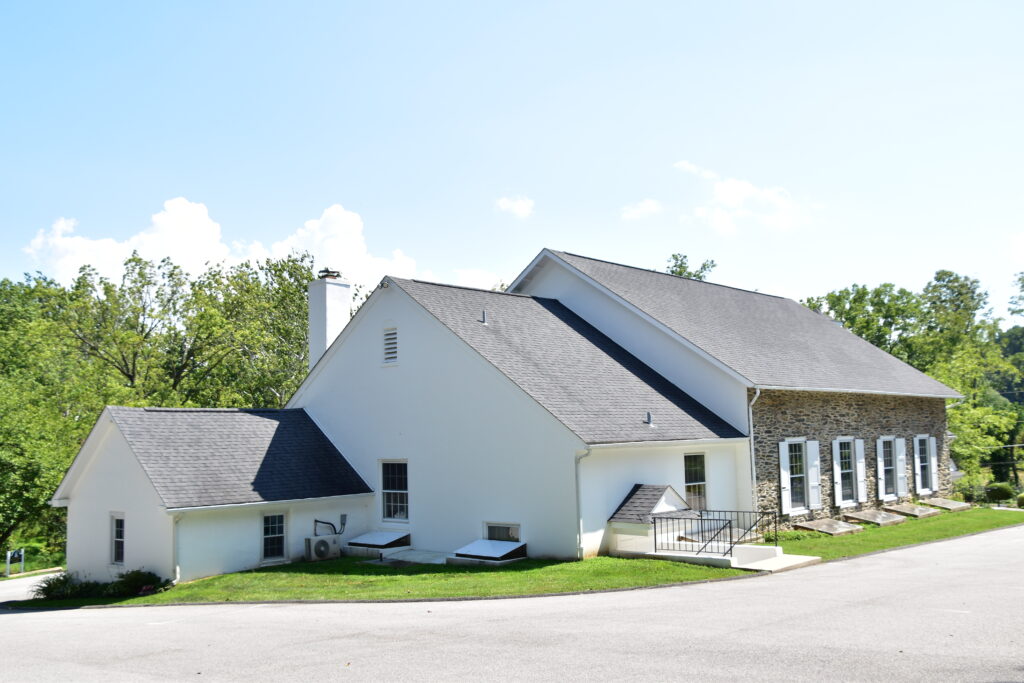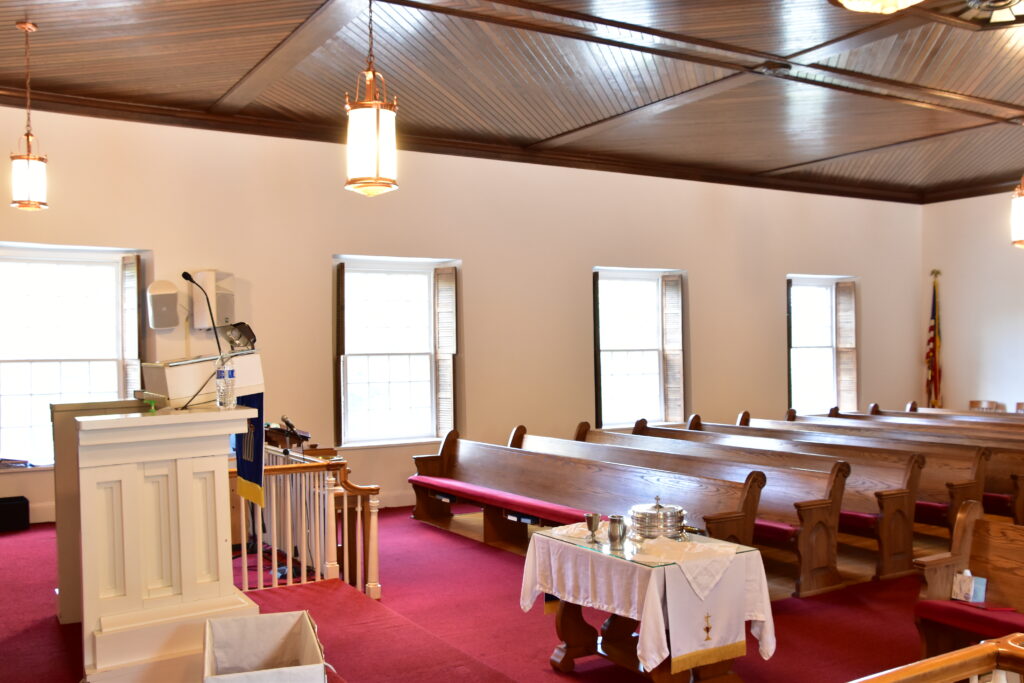
The name Presbyterian comes from the Greek term in the New Testament for elder, presbuteros, a term used 72 times in the New Testament. The Presbyterian movement began among Protestants in the 16th and 17th centuries and centered on what form of church government would be appropriate. Some thought the church should be governed by bishops (Greek: episkopos) and became the Episcopalian party, some by elders and became the Presbyterian party, and some directly by the congregation, which became the Congregationalist party.
Presbyterian church government emphasizes that the leadership of the church is shared between those called to be ministers and church members called to be elders within the congregation — we use the terms Teaching Elder to refer to ministers and Ruling Elder to refer to church members called to be elders. This strong emphasis on Presbyterian church government is our heritage from Scottish Presbyterians.
The Presbyterian Church (U.S.A.) is Reformed in its theology and Presbyterian in its church government.
The Presbyterian Church (U.S.A.) is Reformed in its theology and Presbyterian in its church government.
In North America the first presbytery was organized in 1706, the first synod in 1717; the first General Assembly was held in 1789. Today’s Presbyterian Church (U.S.A.) was created by the 1983 reunion of the two main branches of Presbyterians in America separated since the Civil War — the Presbyterian Church in the U.S. and the United Presbyterian Church in the U.S.A. The latter had been created by the union of the Presbyterian Church in the U.S.A. and the United Presbyterian Church of North America in 1958.
The Presbyterian Church (U.S.A.) is distinctly a confessional and a connectional church, distinguished by the representation of elders in its government. The church has a membership of 1.6 million in all 50 states and Puerto Rico with nearly 10 thousand congregations and worshiping communities.


3104 Doe Run Church Road East Fallowfield, PA 19320
610-486-0744